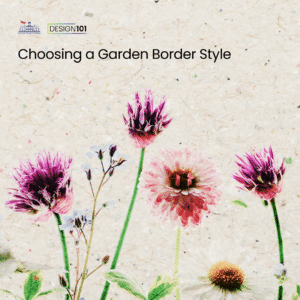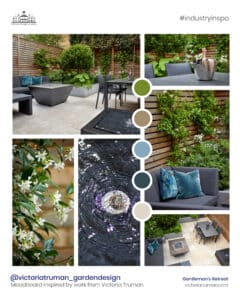Tom Fuller has always had a love of the great...
Read More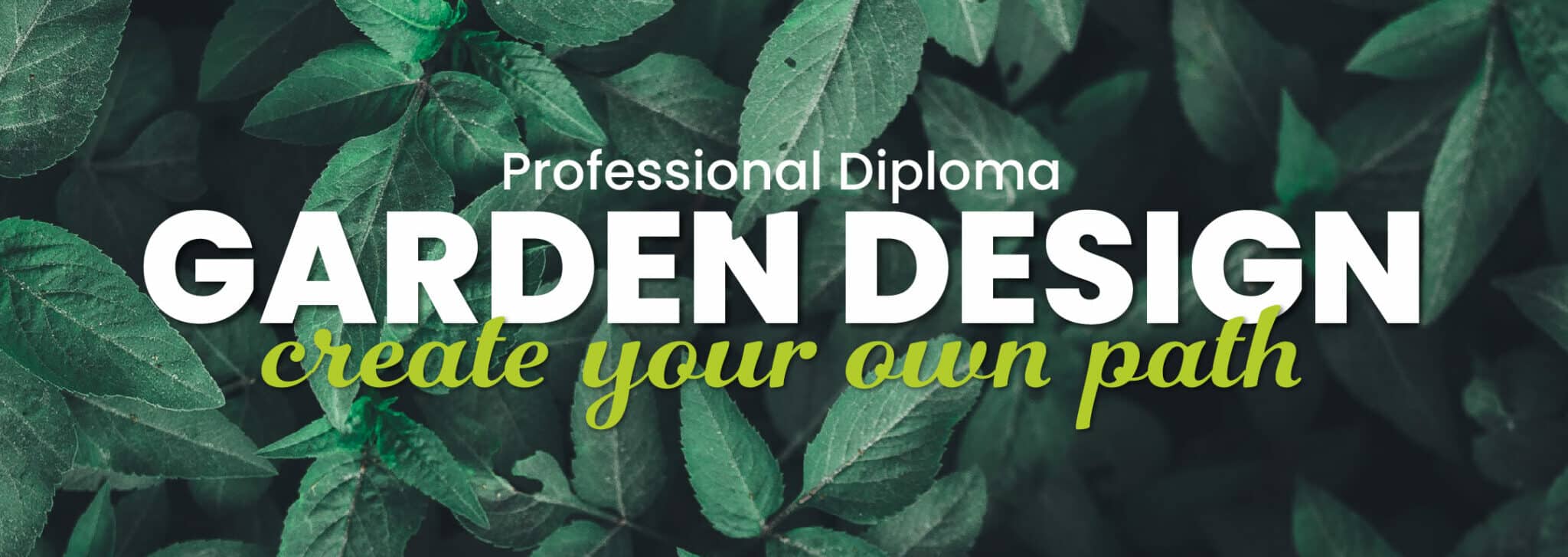
Choose a New Path. Study Garden Design with the NDA
If you want to study garden design but like most, have a busy work and home life, the NDA’s accredited Garden Design courses can help you fit your studies in around your everything else. Suitable for absolute beginners and more experienced gardeners, this course will teach you the technical and creative skills needed to become a professional garden designer or work on your own home projects.
You don’t need to be able to draw, or tell a hibiscus from a hydrangea, you just need to have a passion to learn more about creating beautiful outside spaces.
Who Should Do This Course?
- Are you someone who loves natural surroundings, combining trees, plants and the colour of flowers with everyday life?
- Do you dream of designing beautiful gardens and landscapes?
- Have you got the creative talent but lack the professional training?
- Would you like to start a career in garden design?
If the answer is yes… then this is the course you are looking for!
The NDA Diploma in Professional Garden Design will put you on the path to starting the business you have always wanted. It will also give you the opportunity to study one of our degree courses (such as BA (Hons) Design for Outdoor Living,) if you decide you want to push your skills further.
What Will I Learn on This Course?
- Unit 1
- Unit 2
- Unit 3
- Unit 4
- Unit 5
- Unit 6
- Unit 7
- Unit 8
- Unit 9
- Unit 10
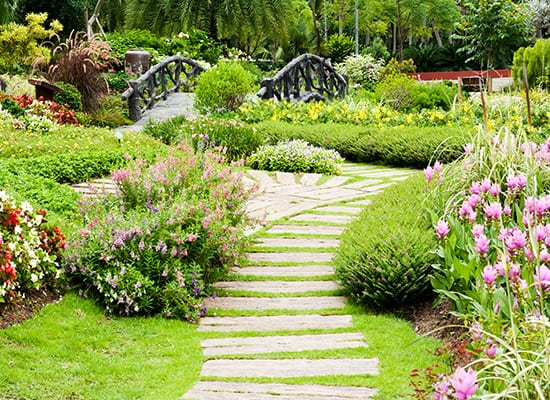
Background to Garden Design
This unit introduces you to the definition of Garden Design and key Garden styles. It covers the history of Garden Design and the main design principles Garden Designers work with in the present day. This unit also includes:
- The definition of Garden Design
- The history and development of Garden Design
- The effect garden design history has on contemporary gardens
- Garden Design styles, e.g. formal, classical, urban, rural, cottage etc.
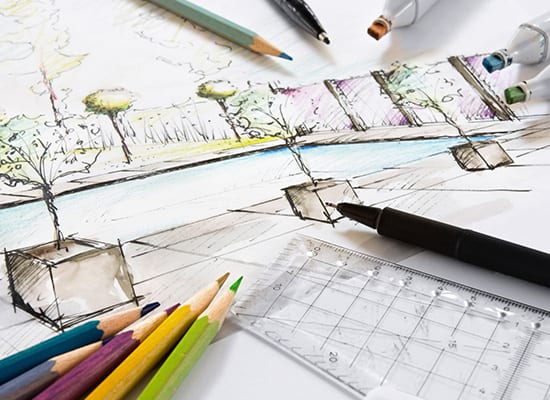
The Role of the Garden Designer
This Unit introduces you to a design brief and takes you through the different stages of the garden design process, giving you an understanding of the role and responsibilities of the garden designer. This unit also includes:
- Skills required to fulfil the role of Garden Designer
- Stages of the garden design process
- The importance of the design brief
- An introduction to the virtual client, whose garden you will design throughout the course
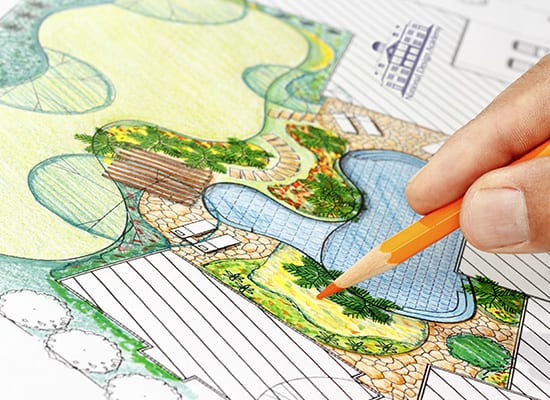
Presentation Techniques
Within this Unit, you will learn how to measure a garden and draw it to scale. You will also learn how to start the process of developing conceptual designs for a client. This unit also includes:
- Site surveying – how & what to measure or record on site
- Surveying tools
- Understanding scale
- Developing technical plans to scale, step by step
- Hand drawn or CAD – students may produce either
- Industry standard drawing conventions
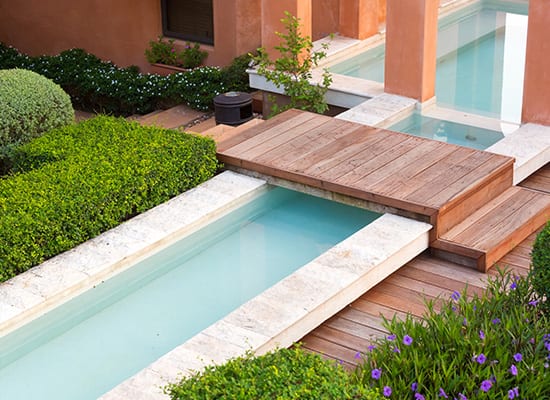
Components of Garden Design
This unit focuses on how you organise and fill your garden design effectively. You will have the opportunity use your creative skills by preparing and presenting your ideas working to a specific garden design brief. This unit also includes:
- Planning the space
- Colour theory & how it will affect your garden design
- Creating a variety of effects using garden components: boundaries, structures, planting, soft & hard landscape
- Using furniture, accessories, play equipment, pets, wild animals and water features for garden design
- Light and shade as part of the garden design
- Concept and design presentation to a client
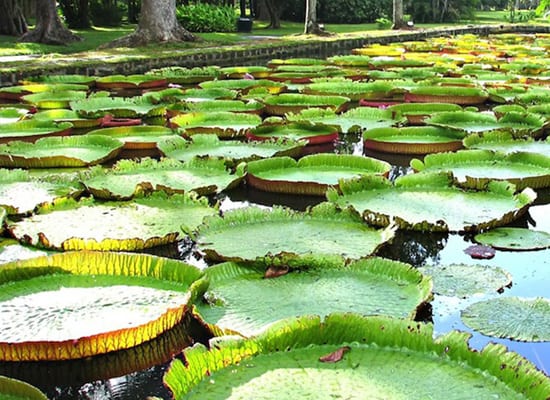
Understanding Plants
This Unit will help you to understand planting biology and the importance of selecting appropriate planting as part of your design. This fundamental knowledge will complement your presentation skills when developing a design and help you to communicate your initial ideas. This unit also includes:
- Plant identification
- Plant features: flowers, fruits, leaves, stems
- Hazardous plants
- Basic plant biology
- Plant names and classification
- Soil types and suitability for plants
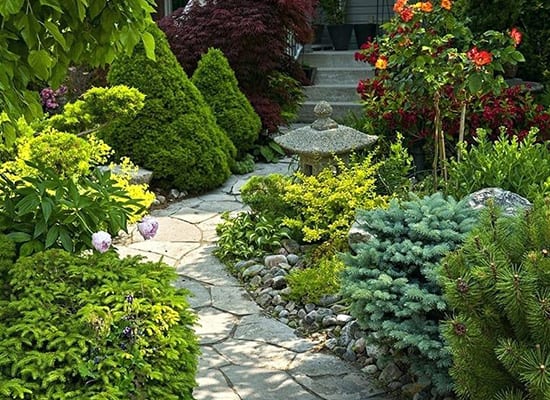
Using Hard Landscaping Materials
In this Unit, you will learn how to select specific Hard Landscaping Materials to enhance your design. Increasing your knowledge of sustainable products and practices It also covers how to communicate your ideas visually to your client and how to specify your requirements to a contractor. This unit also includes:
- Raw, natural & man-made materials: stone, aggregates, stone composite, metals, glass, timber, synthetics
- Recycled and reclaimed materials
- Use for walling, paving, decking, pergolas and arches
- Drawing a Hard Landscaping plan
- Communicating your design via a presentation board
- The importance of a specification
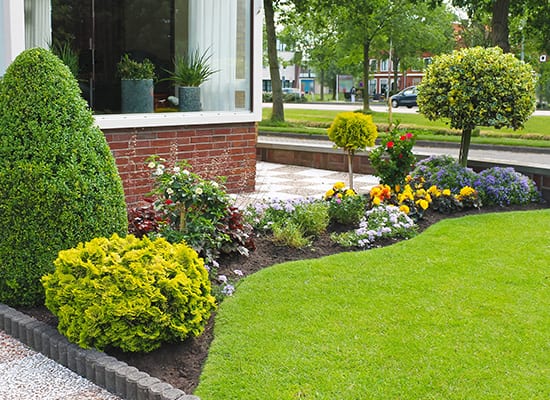
Selecting Plant Types
This Unit looks at how you source your plants and the practical and aesthetic considerations to be considered when developing a planting layout to a design brief. You will also learn how to present a planting plan to a professional standard. This unit also includes:
- The role of plants in the garden
- Selection & design for site context, functionality and client requirements
- Selection & design for visual aesthetics
- Producing a planting plan
- Planting specifications

Selecting Furniture & Features
This Unit looks specifically at sourcing furniture, lighting, water features and accessories from the huge variety available, to meet your client brief. You will learn about the main types of garden lighting and how to present this information on a Furniture, Lighting and Accessories Plan. This unit also includes:
- Furniture: human scale, bespoke, style
- Garden lighting: function, types and specification
- Water features: types, style and how to design
- Garden accessories: pots, sculpture, garden art, statues, heating, barbeques / outdoor kitchens
- Presenting your selection to your client
- Designing to accommodate pets and wildlife

Professional Practice
This unit shows you everything you need to know about how to set up your own garden design business. It also helps you identify other career opportunities within Garden Design, such as working within an established garden design practice or moving on to studying for a degree. This unit also includes:
- Different roles within the Industry
- How to set up a garden design practice
- Marketing and promotion
- How to calculate your fees
- Handling clients and the client brief
- Sourcing suppliers and contractors
- Managing the project
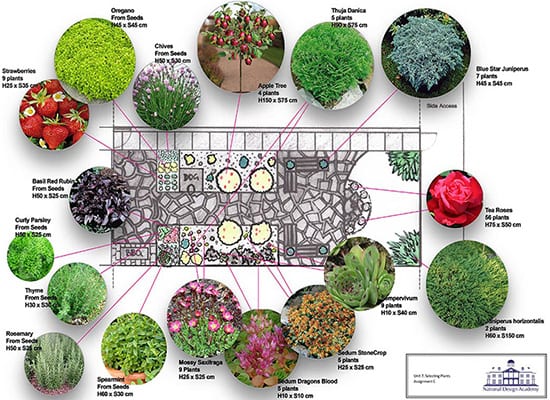
Producing a Garden Design
For the final unit of the course, you bring together all your newly learned skills by producing conceptual designs and a design pack to create a wonderful garden design for a new client. When complete, your work will form an asset to your developing portfolio to show future clients. This unit also includes:
- Creating concept plans
- Creating a planting plan
- Creating a hard landscaping plan
- Concept sketches
- Specifications, rationale and order of works
How Much Does it Cost?
The cost to study Garden Design with the NDA depends on where you are in the world. But, as a not-for-profit foundation, we are so confident in the price of our Diploma’s that if you can find the same level of education for less, we will match it!
You can find out all of the details, including course fees, by clicking the links below.
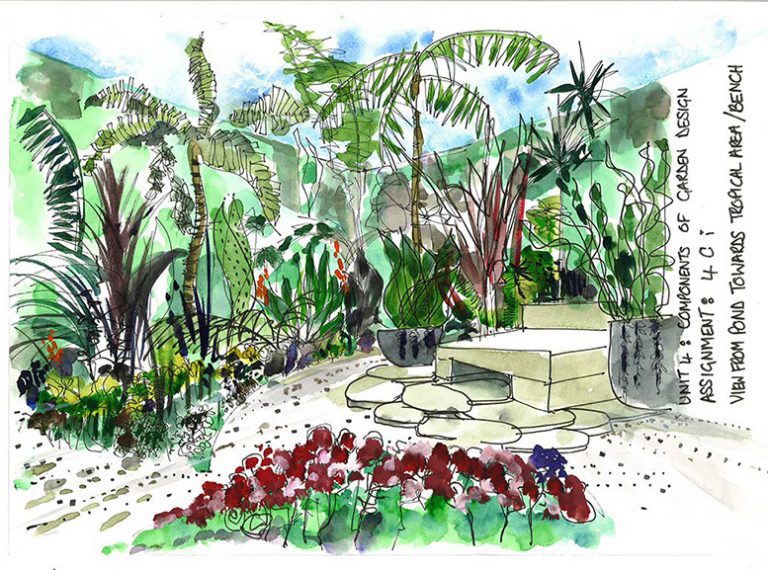
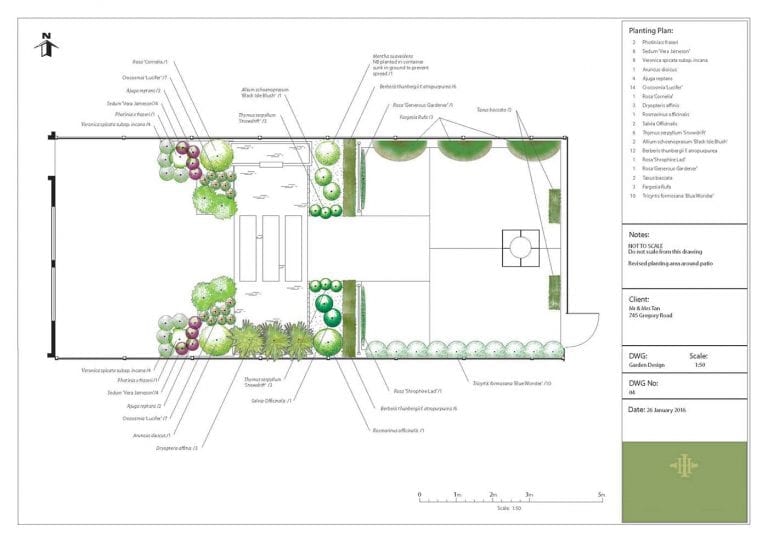
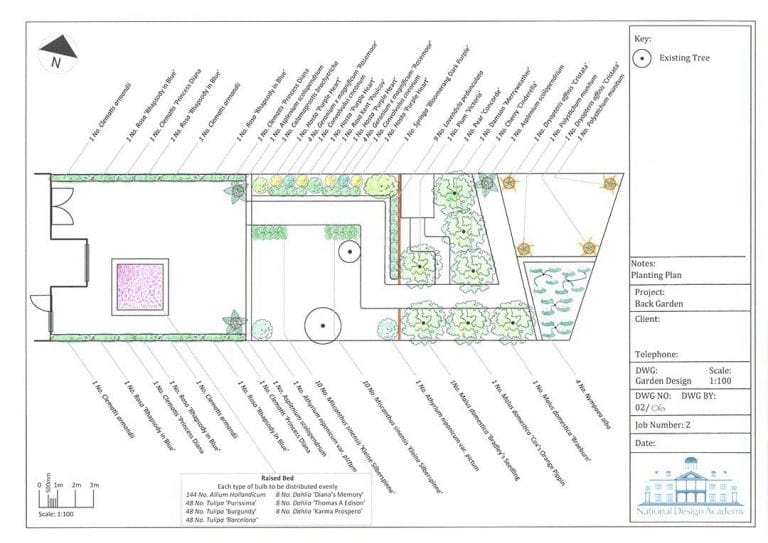
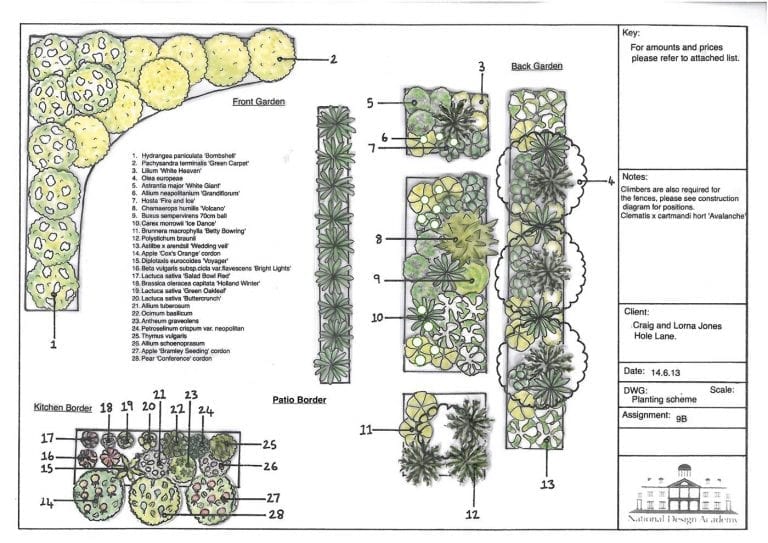
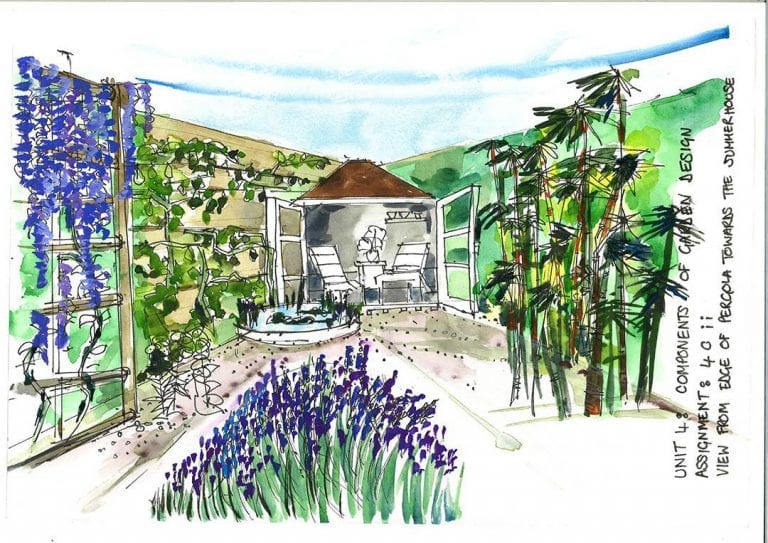
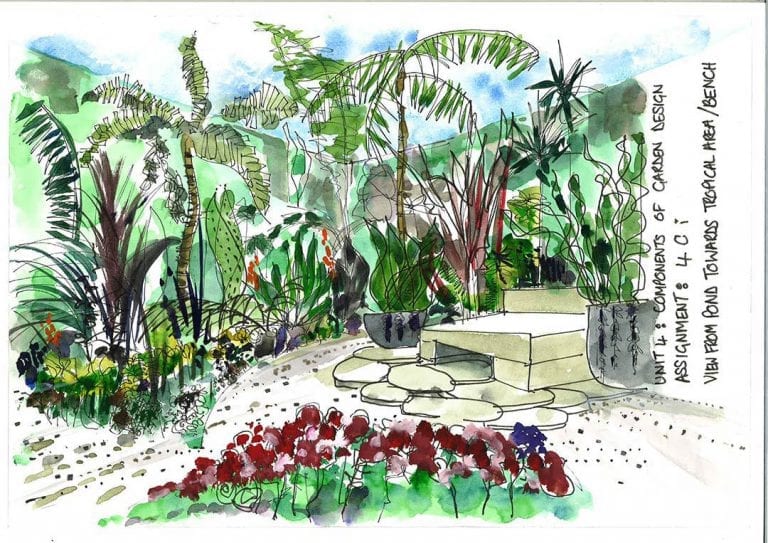
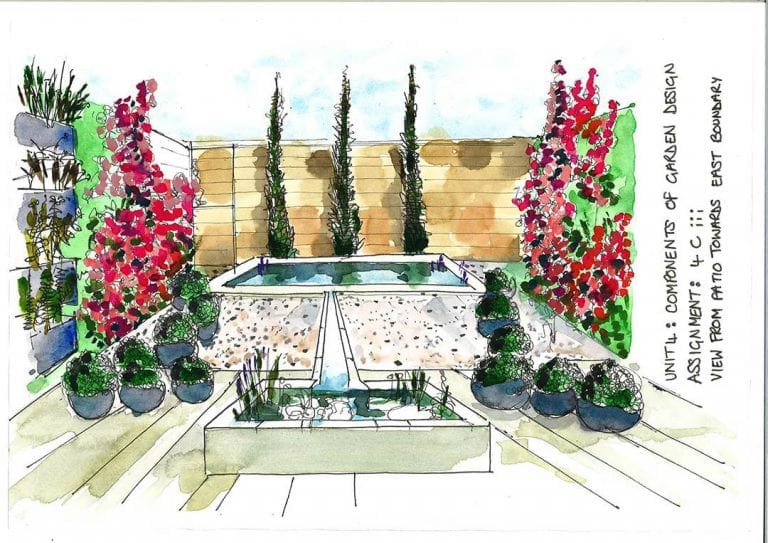
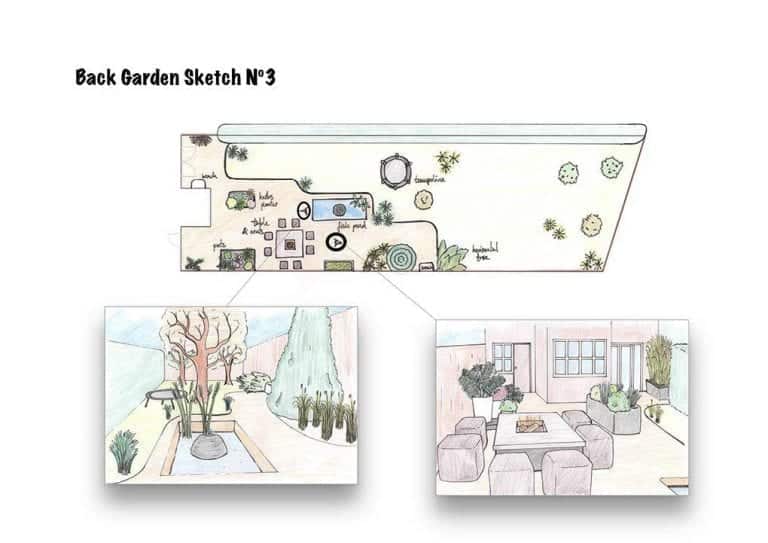
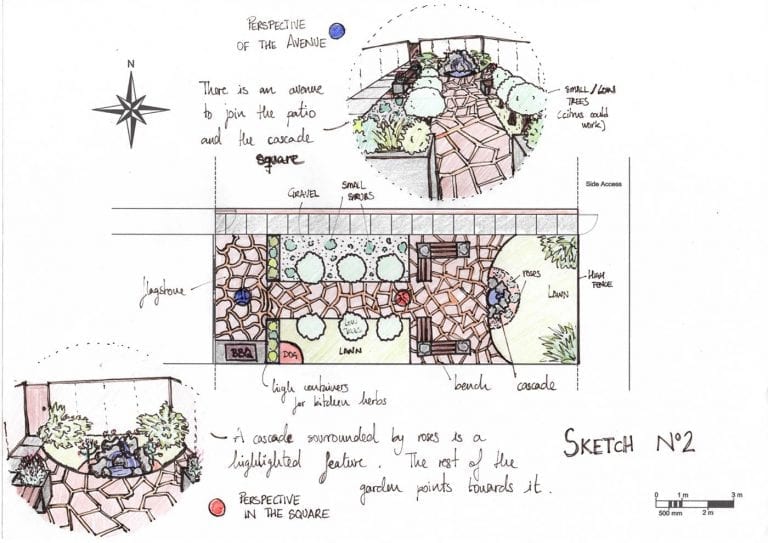
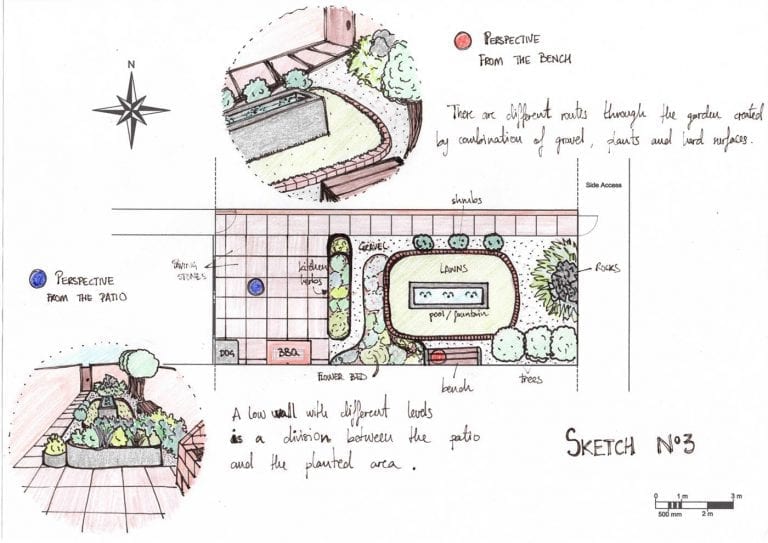
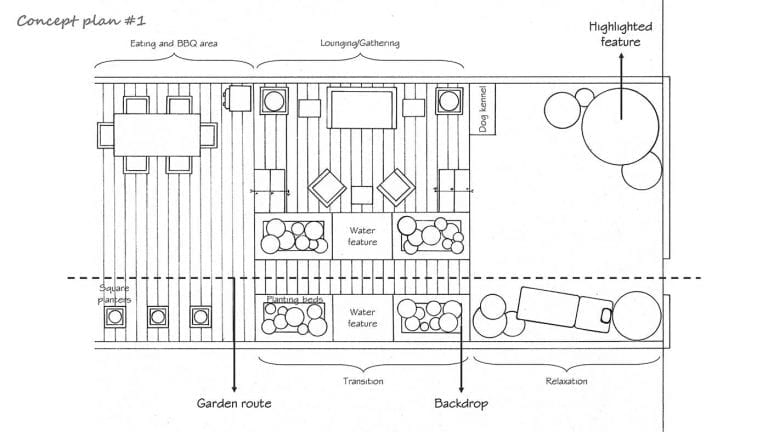
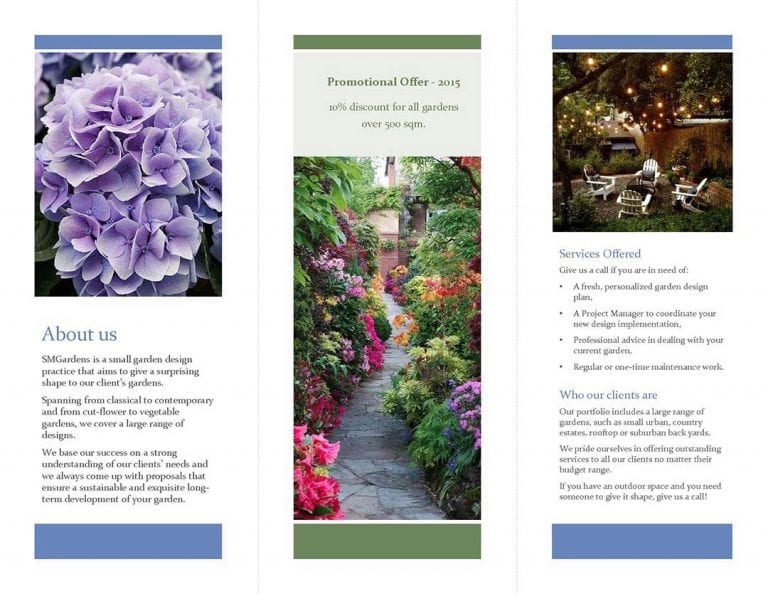
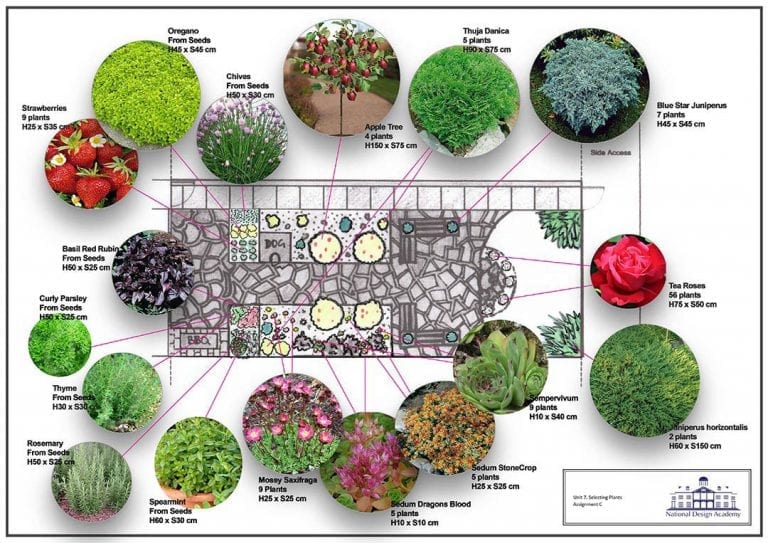
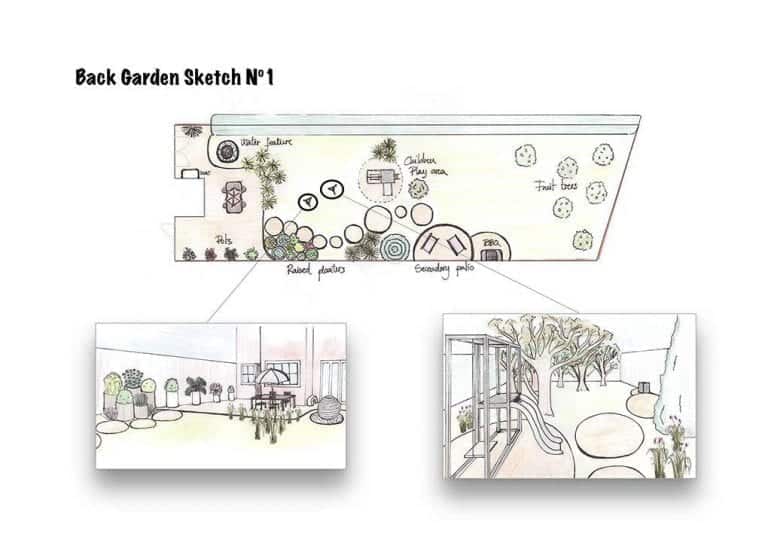
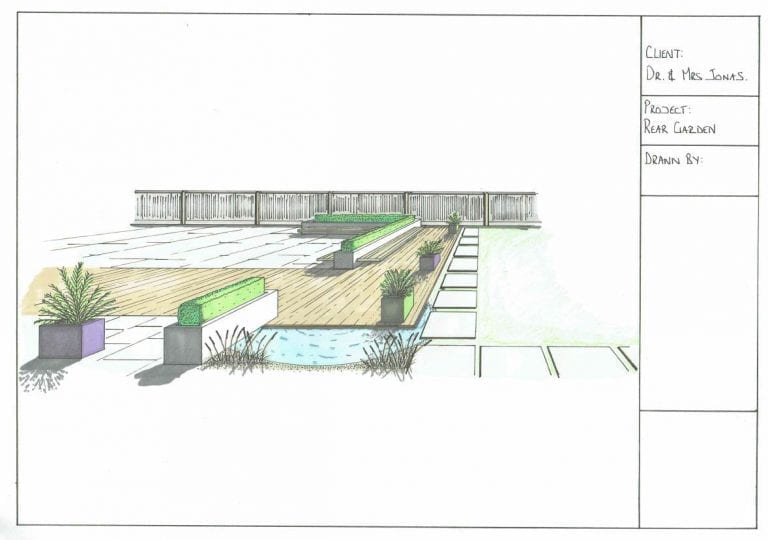
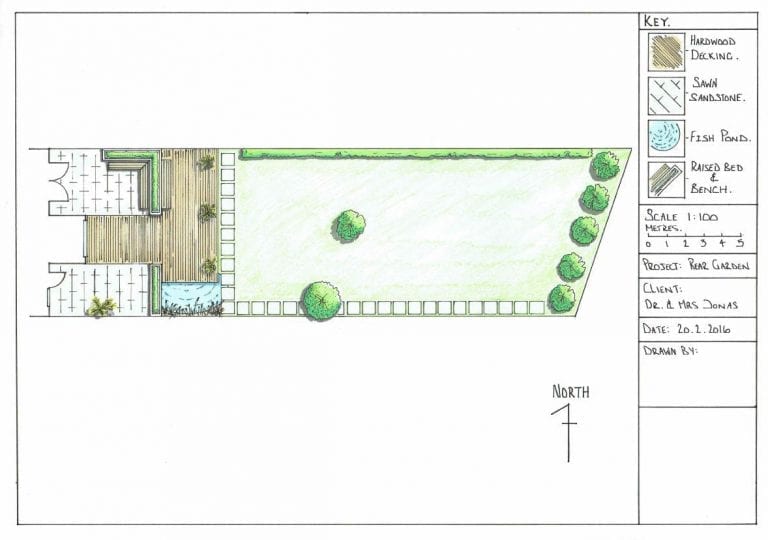
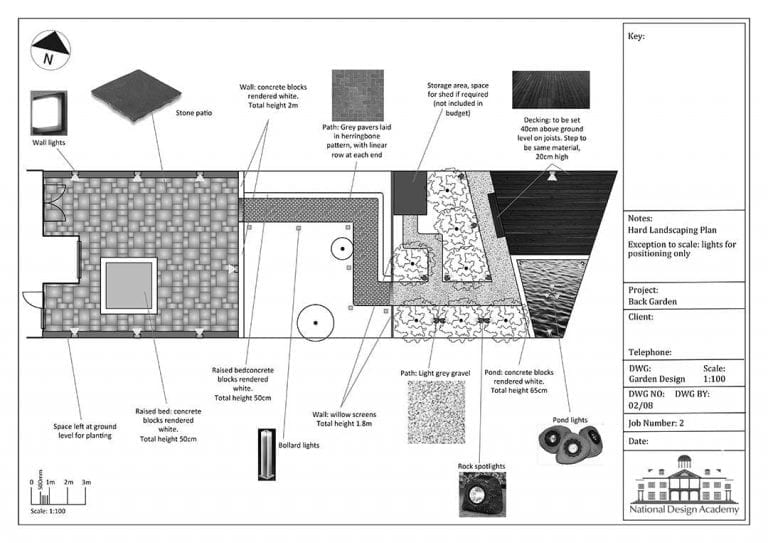
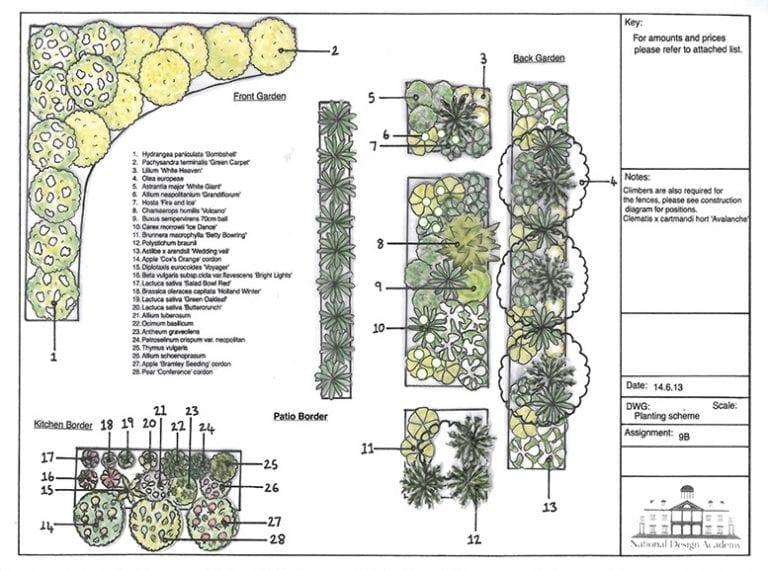
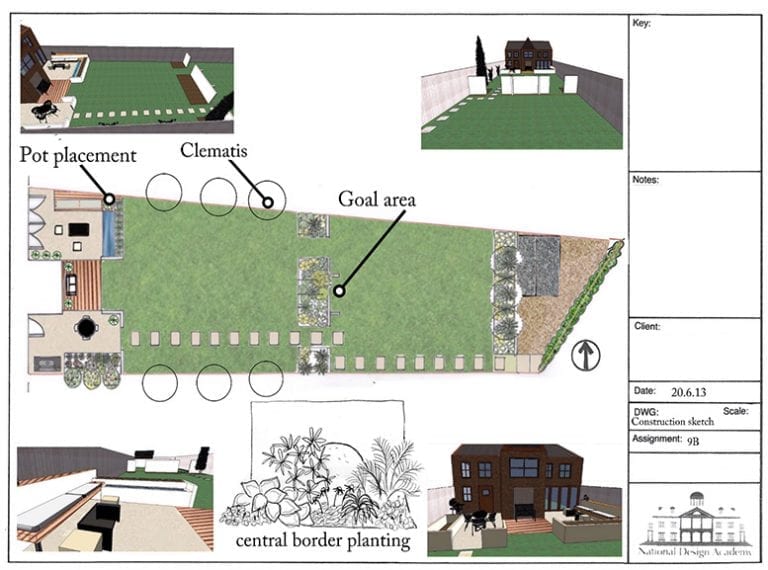
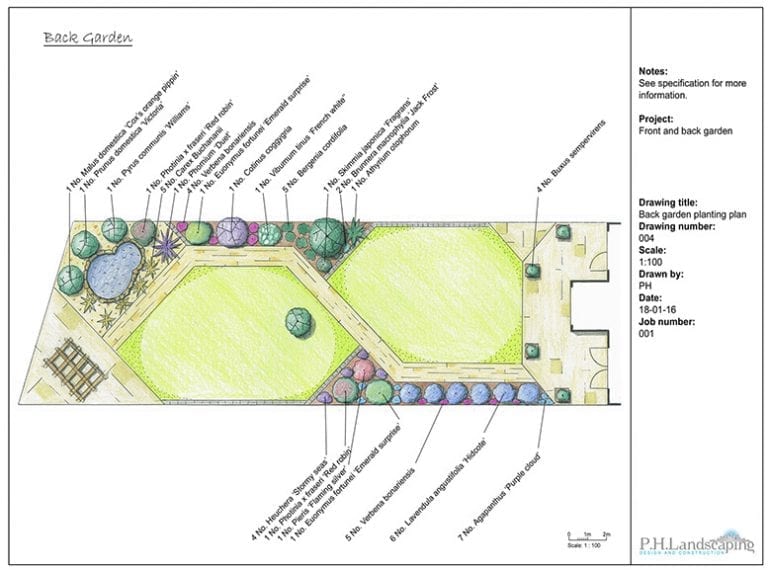
Garden Design Blog:
DESIGN 101: Planning a Garden Border Part 1
There are so many things to consider when you start...
Read MoreIndustry Inspiration: Garden Design – Victoria Truman
In the first of our Industry Inspiration series, we’re highlighting...
Read MoreTheme of the Month – Creating A Tropical Garden
Imagine Bali, under the palms, the smell of frangipani in...
Read More
